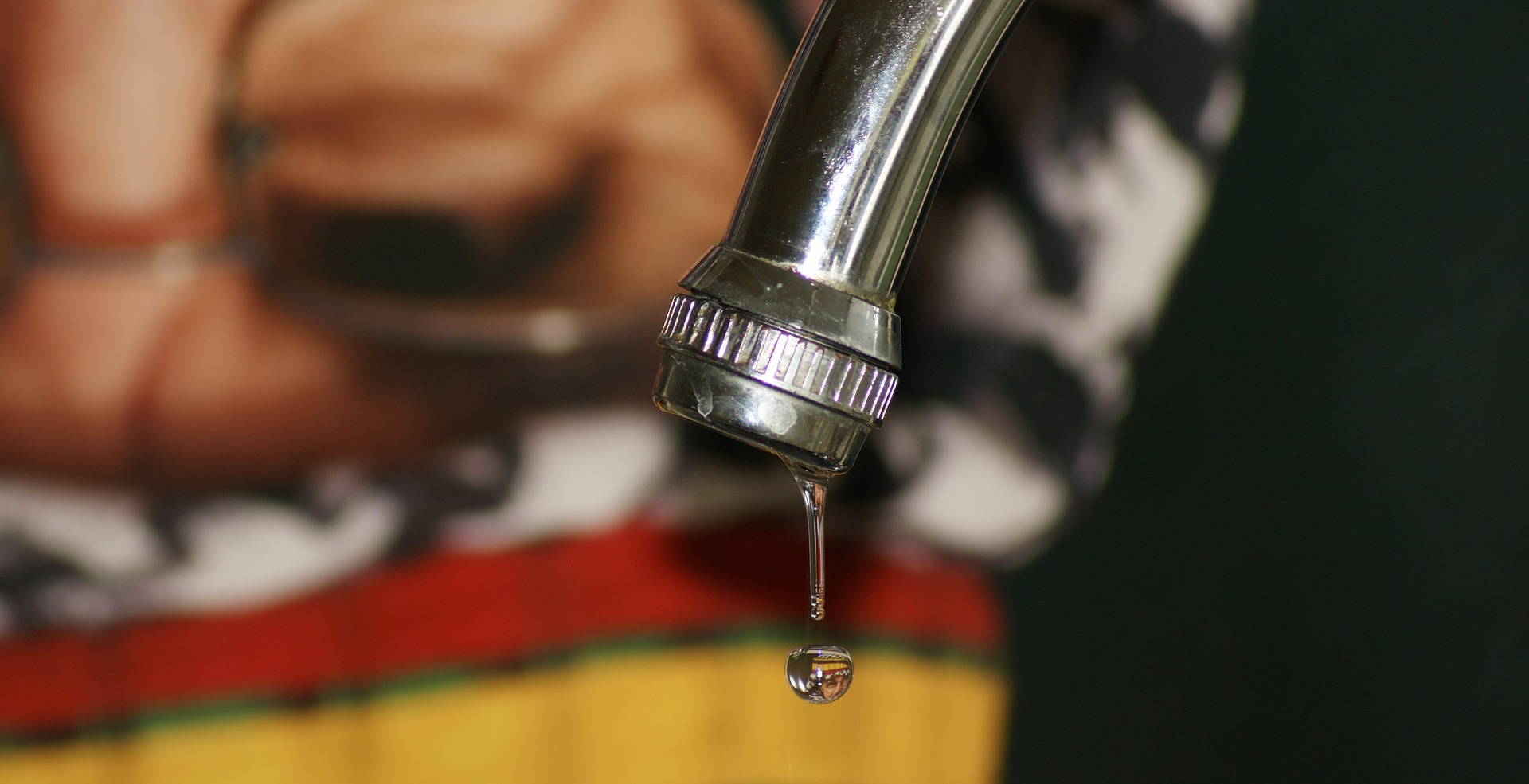
How do you know you have a plumbing emergency on your hands? After all, if it’s not truly an emergency, you don’t want to get a plumber out to your house after hours or on weekends. Some plumbing issues can wait to be solved, but others need a solution immediately. Here’s how to tell the difference.
Definition of a Plumbing Emergency
A plumbing emergency is when there’s a problem with your plumbing that will result in other damage to the occupants of your house, the house itself, or the plumbing system. Emergencies can include damaged pipes (cracked or broken), clogged drains, and heavy water loss. Of course, these aren’t all the situations that constitute a plumbing emergency, but they are the most common. Let’s look at these a little more in-depth.
You probably already know that in a plumbing emergency, you’ll need to call a plumber that handles emergencies since not every plumbing company is available 24/7
Leaks
Leaky pipes are often considered a plumbing emergency, but it depends on the size of the leak. If the pipe under your kitchen sink is dripping slowly and not filling a standard cereal bowl very quickly, you can probably wait to fix it until regular business hours. But, if you have a pipe spraying water all over your bathroom, you must get someone in to fix it immediately. While you can temporarily turn off the water to the offending pipe, you can’t leave it turned off for long. This would be a situation where you would need to call for emergency help.
If you don’t know that you leak but you see watermarks or soft spots on your ceiling walls, you need to have the pipes in the area looked at right away. Otherwise, your ceiling or walls could cave in from water damage. This might happen anyway if you’re seeing evidence of a leak. Still, it’s essential to address the problem immediately by hiring an emergency plumber to identify and repair the leak quickly.
Burst Pipes
Burst pipes are often an issue in houses in cold climates. The pipes freeze when it gets too hard outside and then burst when they start to warm up. Burst pipes are an emergency for several reasons. Not only will you likely have problems with water pressure, but you’ll get a huge water bill as well. Burst pipes pump out gallons of water, all of which you’ll have to pay for if you don’t get it repaired right away.
You can also experience a burst pipe outside your house, such as under your yard or street. This may not always be your responsibility to pay for or repair, but it can affect the quality of your water the water pressure and cause excess water loss. If you hear hissing, rattling, or banging in your pipes, or your water pressure is inconsistent, you may have a burst pipe that needs to be looked at immediately to avoid more significant problems.
Clogged Drains
While clogged drains aren’t always an emergency, they definitely can be. If the clog has completely stopped water from flowing down the drain and you’ve tried all the DIY tricks to unclog it, you could have an emergency. You can’t live with a clogged drain for very long because of the unsanitary conditions it creates. A clogged toilet can be an even bigger issue for sanitation reasons because raw sewage can bring all sorts of bacteria into your house.
Another time when a clogged drain might be an emergency is if you need to use your sink that has the clog because you’re hosting a holiday or other significant event. You must access that sink, or the entire event will be ruined. An emergency plumber can help you out in this situation as well.
Conclusion
Ultimately, you’ll need to assess your situation to determine whether or not a plumbing issue is an emergency. If it’s disrupting your life, has the potential to cause more significant damage to other parts of your house, or could cause an unsafe health situation, you should call an emergency plumber right away.




 POSTED BY
POSTED BY 

